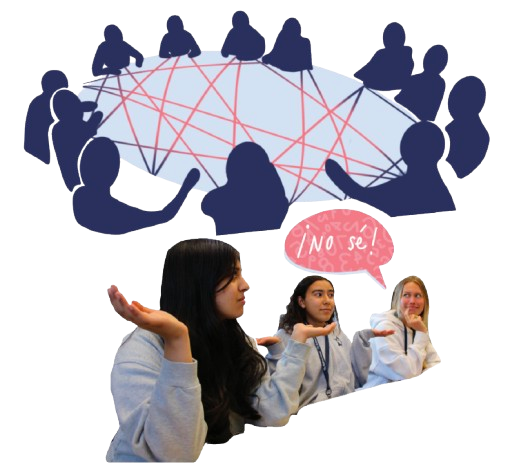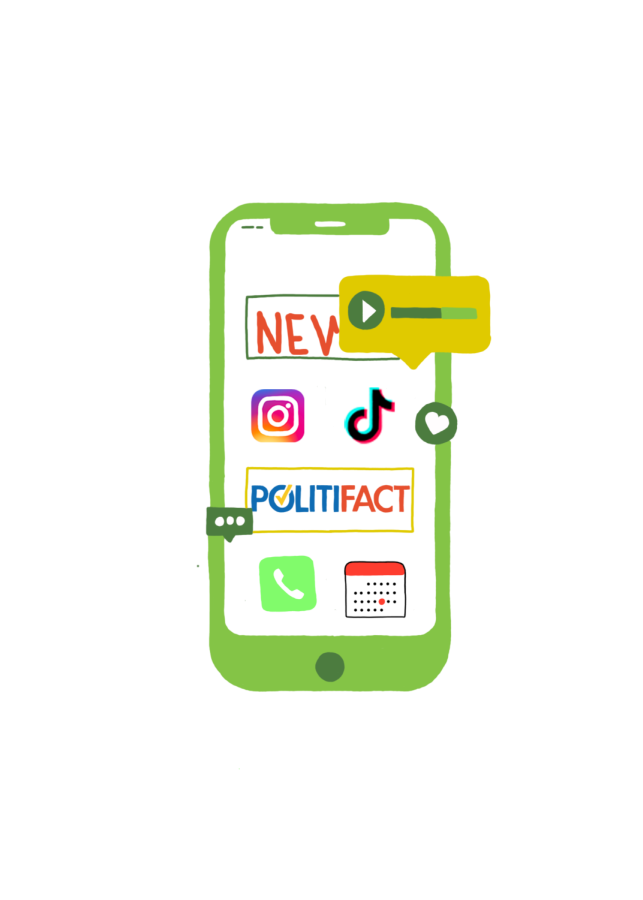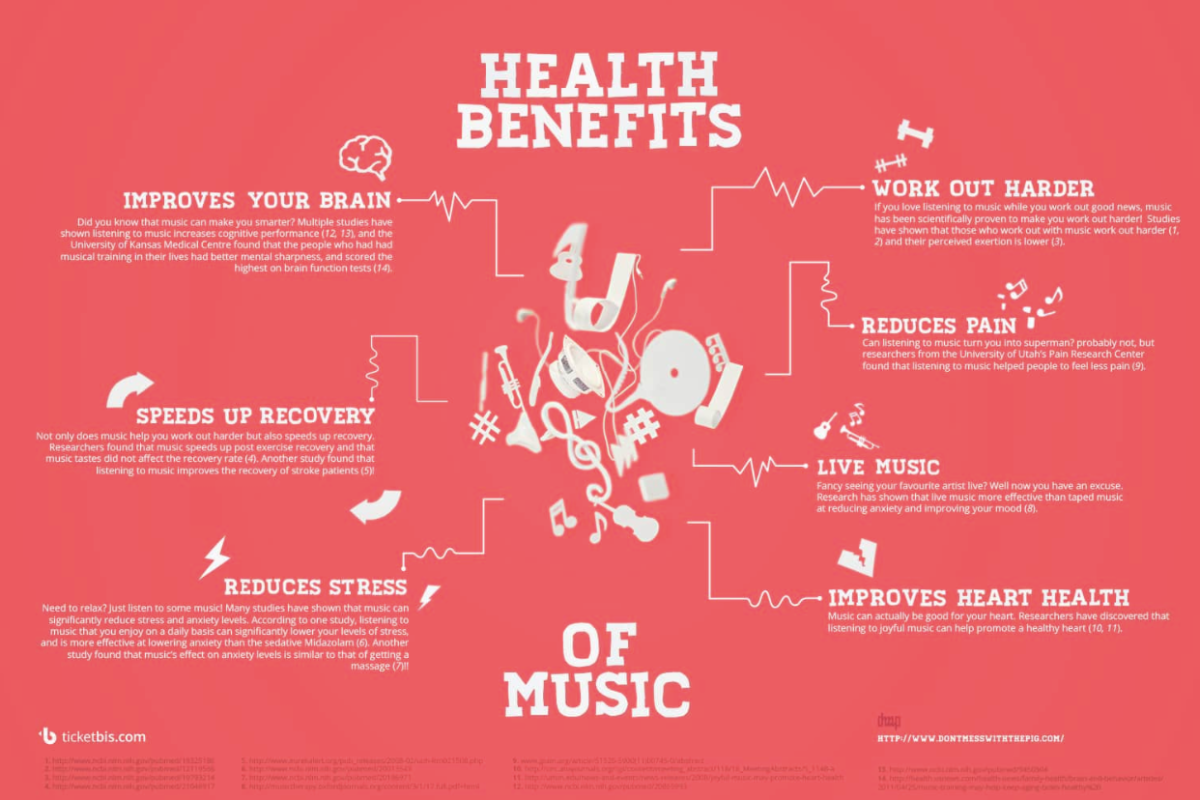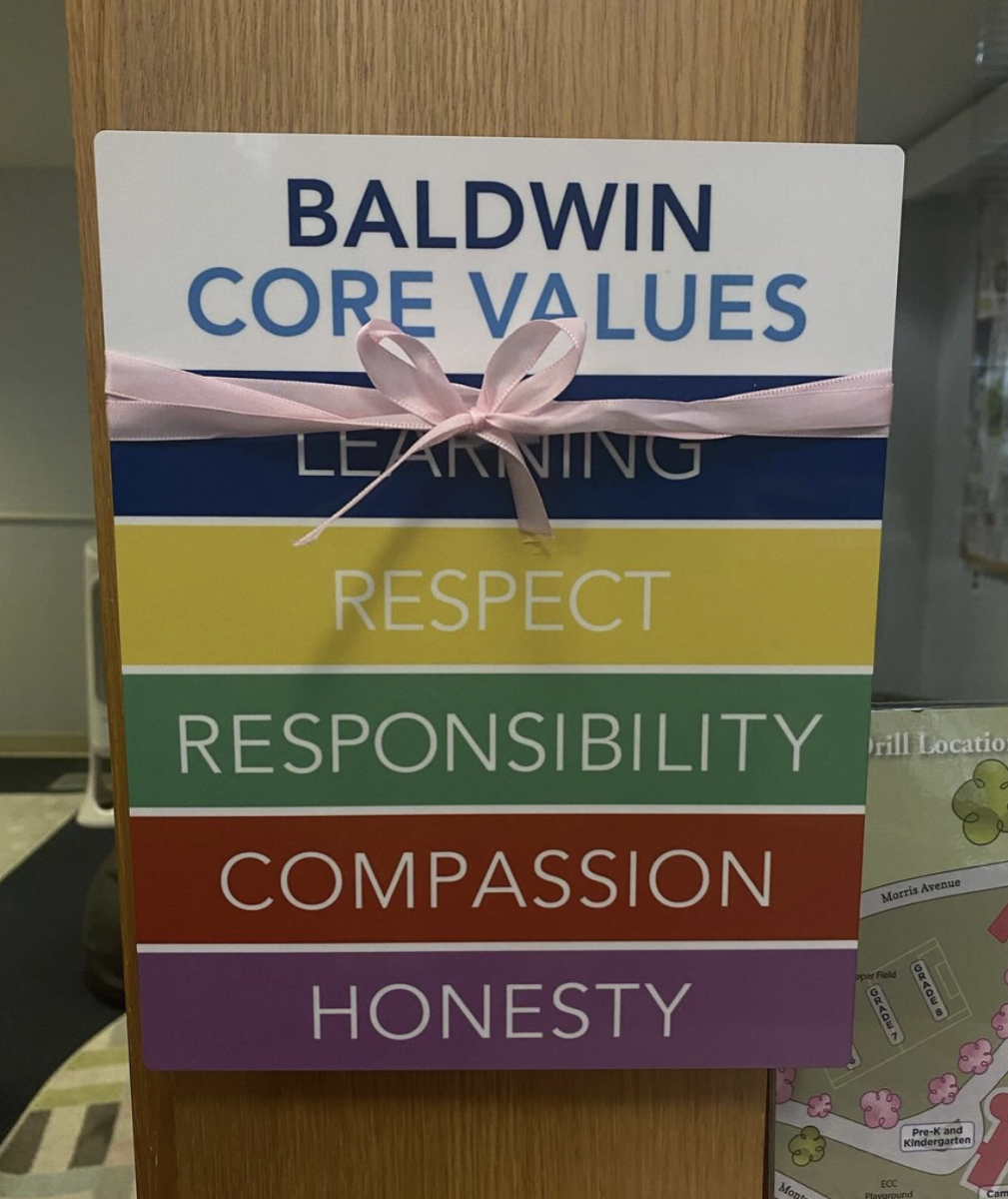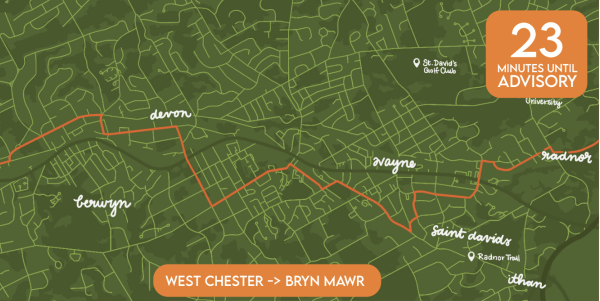Navigating Technology in a Pandemic
The COVID-19 pandemic has affected many different areas of everyday life, but technology usage is arguably one of the most transformed. Before COVID, many of us were probably unaware of the platforms Zoom and Microsoft Teams. Anticipating their crucial role in our ability to participate in school would have been nearly impossible.
However, while technology has served as a valuable tool for us throughout the entirety of the pandemic, acting as a means of connection during times when we could not be physically together, there are also drawbacks to the increase in necessity of technological usage in our daily routines.
As technology usage has become an increased presence in the classroom, so have various issues related to the amount of time that we spend on our devices. While screen time is not necessarily something that we think about often, as much of our lives revolve around the use of technology, the pandemic has made some of the downsides of an increase in screen time more apparent.
A StatNews survey regarding the prevalence of technology in the lives of children states that of the 899 parents surveyed, 70% of them reported their children spending over four hours a day on devices.
As a study shared on SleepFoundation reveals, “In some countries, total messaging and time spent on social networks increased more than 50%, and time spent on video calls increased tenfold.”
The effects of this increase in screen time can be harmful. StatNews reports that “It’s still too early to tease out the exact effects of the pandemic, but experts said they suspect the dramatic changes to children’s routines are increasingly impacting eyesight.” According to OpthamologyAdvisor, although research is still ongoing, increased screen time is often linked with issues such as eye strain, dry-eye diseases and myopia progression.
Katie McMahon ‘22 said that she has found that the increase in technology can make interactions feel overall “less personal”.
While this increase in the amount of time spent on our devices has led to the possibility of some negative effects on our health, there have also been many positives to the time spent on our screens. Platforms such as Zoom have allowed our community to connect with teachers and classmates in order to continue moving forward with our education when most aspects of our lives had come to a standstill. Google applications such as Google Docs and Google Slides allowed us to work collaboratively on projects and in-class assignments when we were unable to physically be together.
Technology has not only allowed us to further our education in a meaningful way, but also allowed us to connect to each other socially. Whether it be through Snapchatting back and forth or duetting your friends in various TikTok trends, social media applications were able to create a feeling of togetherness during a time when physically, we have never been farther apart.











